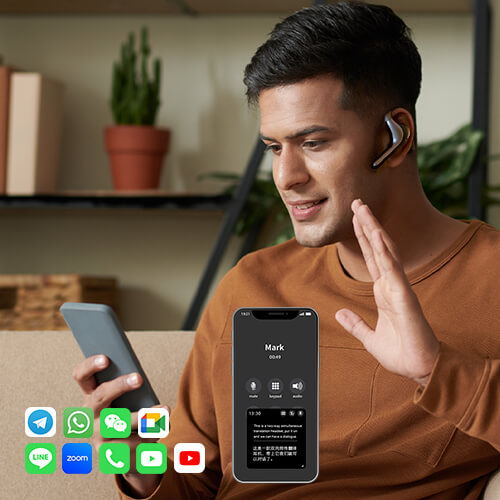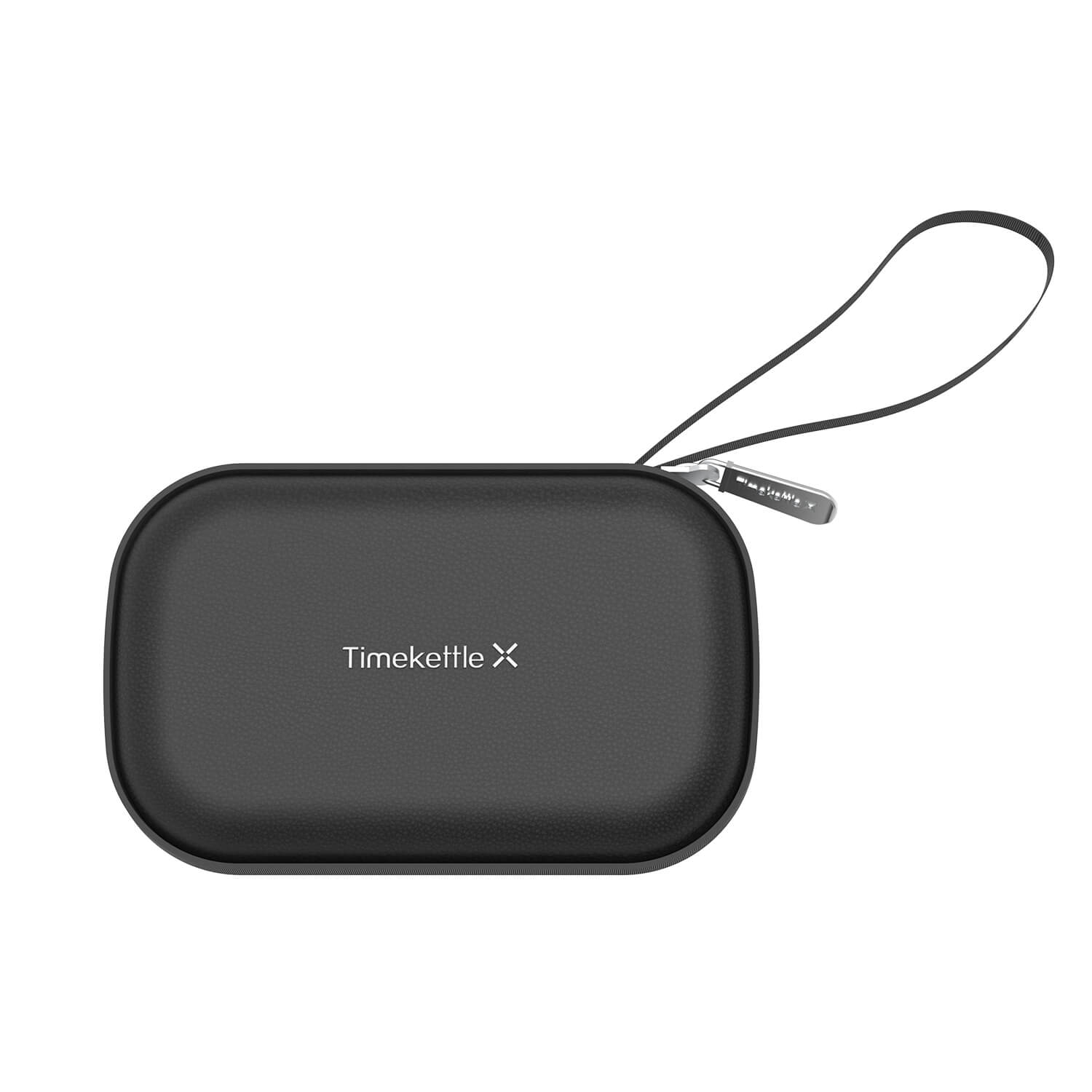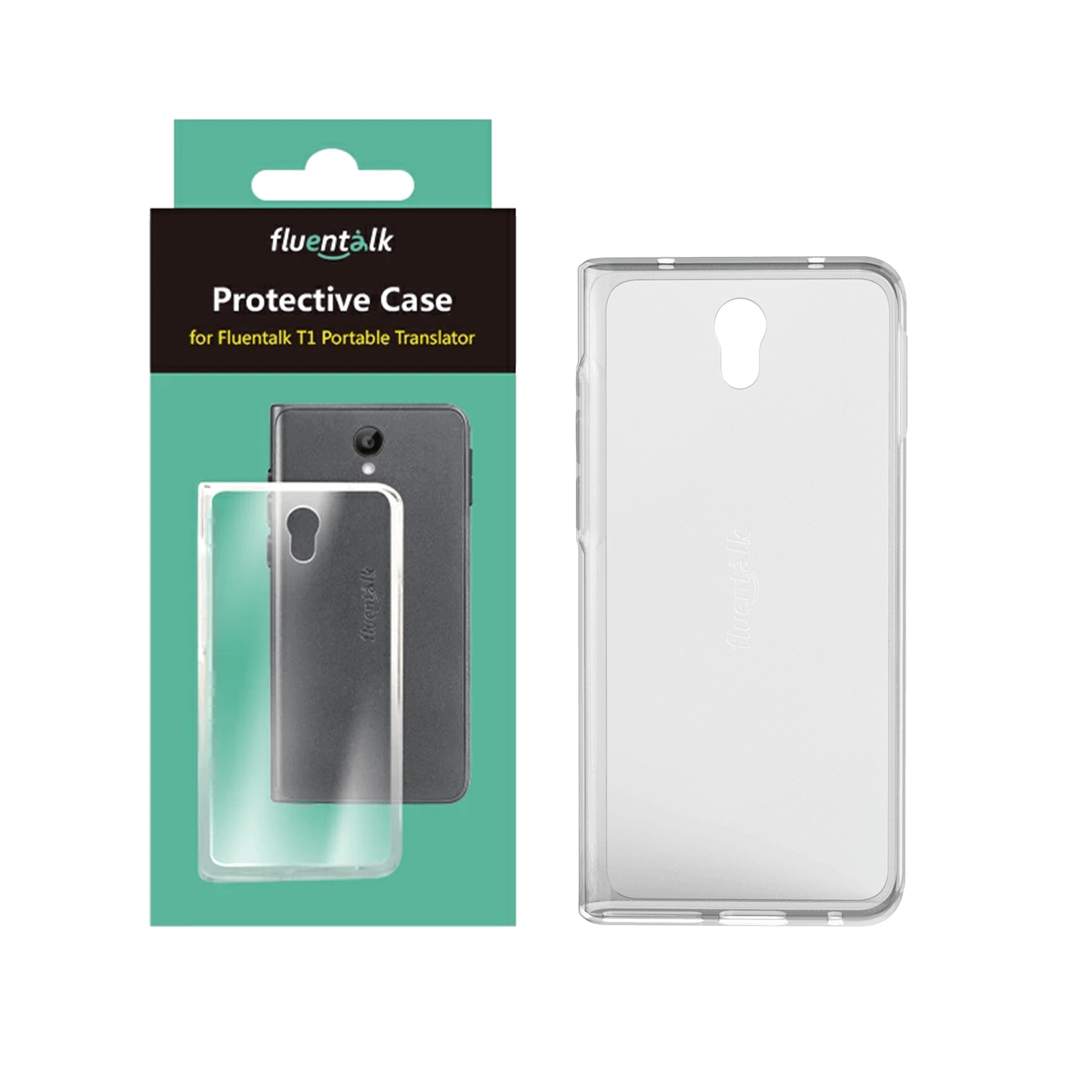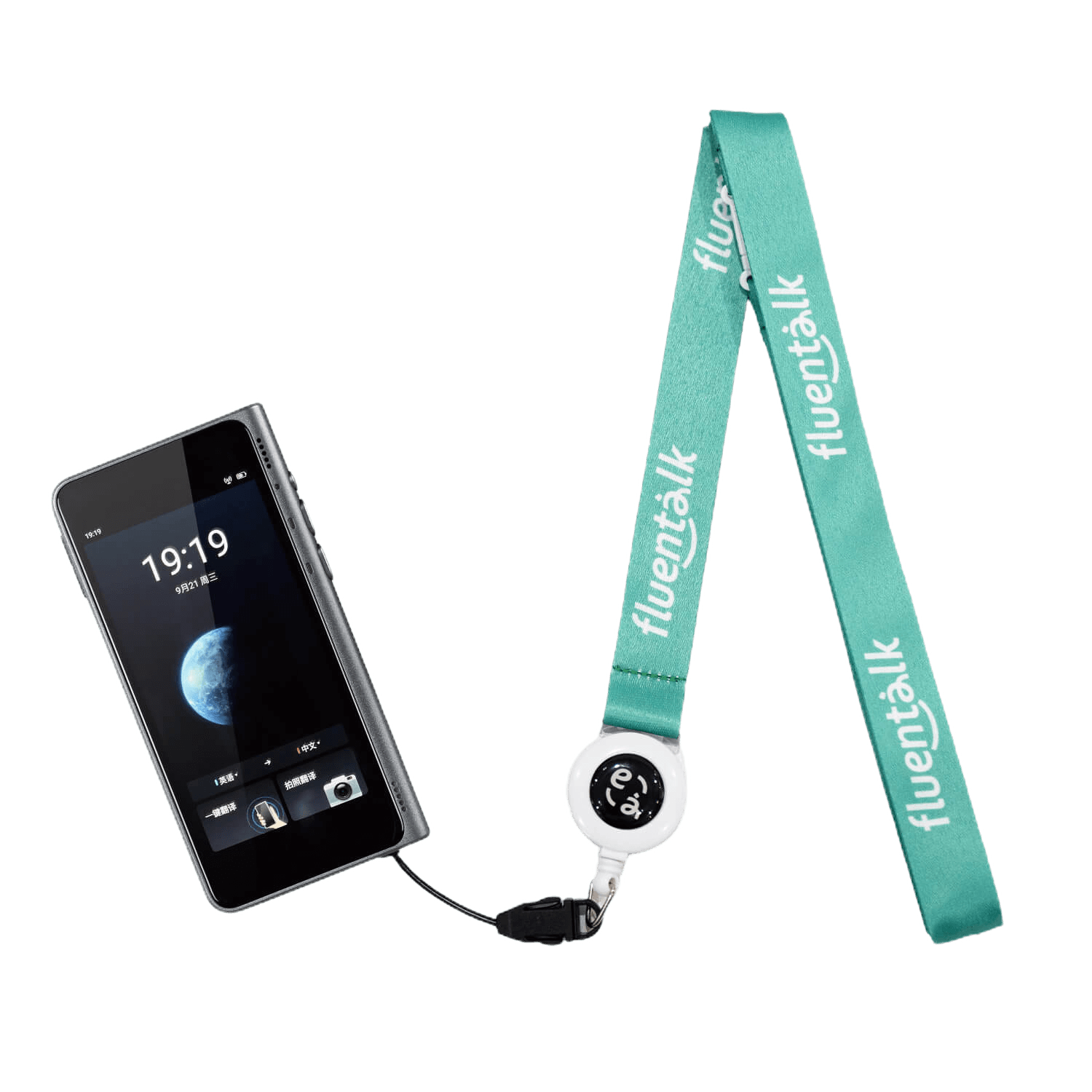Simultaneous Interpreting Equipment – How it Works
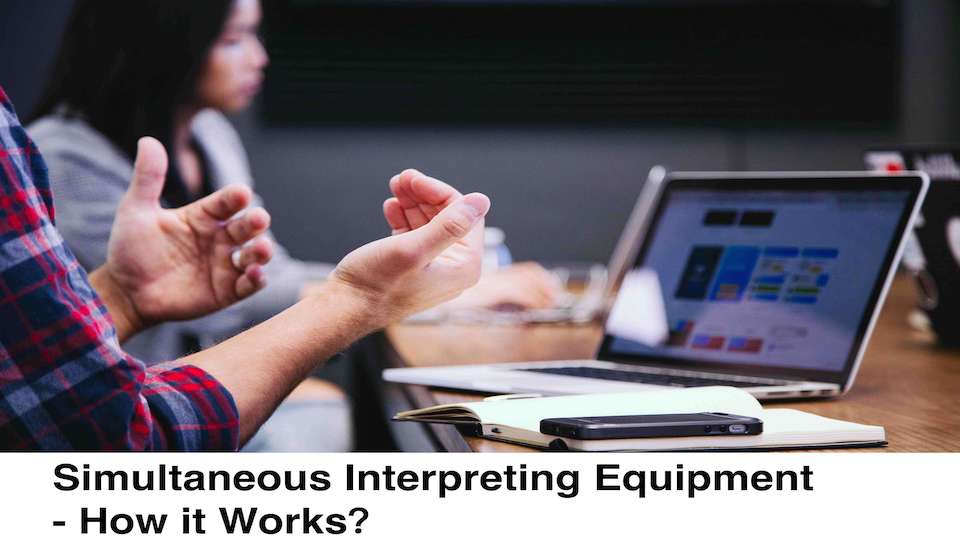
Introduction to Simultaneous Interpreting Equipment
Simultaneous interpreting is a technique where real time translation happens between different languages, allowing multilingual communication. Interpreters listen to the speaker and interpret what they say into another language as the speech is happening. This allows communication to happen where participants speak different languages.
Simultaneous interpreting equipment is used in various settings such as international conferences, meetings, plant tours for foreign visitors, multilingual lectures and events with diverse participants. By providing real time interpretation, it ensures all attendees can understand what’s happening regardless of the languages spoken.
How Simultaneous Interpreting Equipment Works?

Simultaneous interpreting allows real time translation between different languages. The process starts with the interpreter listening intently to the speaker’s words in the source language. As the speaker delivers their message, the interpreter interprets what they say into the desired target language.
To do this, the interpreter speaks into a specialized microphone connected to a transmitter unit. This transmitter then wirelessly broadcasts the interpreter’s voice as an audio signal. Audience members wear receiver units with headphones to pick up this transmitted signal and hear the live interpretation in their preferred language.
The key advantage is that it allows multilingual communication without interrupting the original speaker. Audience members can follow along in their native tongue while the main presentation proceeds uninterrupted in the source language.
Required Equipment Components
For simultaneous interpreting, you need:
- Transmitter: This device receives the audio input from the interpreter’s microphone and transmits it wirelessly to the audience’s receivers.
- Receivers: Audience members use individual receivers, often with headphones or earpieces, to pick up the transmitted interpretation in their desired language.
- Headsets: High quality headsets with noise-canceling microphones allow interpreters to clearly capture the speaker’s words and transmit their interpretation.
- Microphones: In addition to the headset microphones, standalone microphones may be used by speakers to ensure optimal audio input for the interpreters.
- Interpreter Booths: These soundproof enclosures provide an isolated environment for interpreters, minimizing external noise interference during live interpretations.
The Interpretation Process
Interpreters have excellent listening skills and language proficiency to accurately comprehend the speaker’s message in the source language and quickly process it into the desired target language for the audience. The communication process involves interpreters using high quality microphones to transmit the interpreted message to listeners in their preferred language. Audience members receive the interpretation directly through wireless headsets and receivers. In multilingual settings, attendees can switch to the channel for their desired language without interference from other languages. Clear and concise speaking by the interpreters is key to ensure the interpreted message is understandable. Interpreters should speak into the microphone and be aware of background noise. Make sure both headsets and microphones are working well and on the right channel.
Applications of Simultaneous Interpreting

Simultaneous interpreting equipment has many uses, for effective multilingual communication in many situations:
Factory/Plant Tours for International Visitors
When hosting international guests or potential clients for tours of manufacturing facilities, warehouses or industrial plants, simultaneous interpreting makes it seamless. Tour guides can present in their native language while visitors receive real-time interpretation through noise-cancelling headsets, so they understand everything despite language barriers or noisy environments.
Multilingual Lectures and Conferences
In academic or professional settings where lectures or presentations have diverse audiences, simultaneous interpreting bridges the language gap. Instructors or speakers can present in their preferred language while attendees receive interpretation in their native tongue through headsets, so everyone can be included and share knowledge across language barriers.
International Events with Diverse Participants
Global conferences, summits or events with participants from many countries benefit from simultaneous interpreting. Attendees can select their language channel on the receivers, so they can follow along in their native language without disruption, for effective cross-cultural communication and collaboration.
Multilingual Corporate Meetings and Training
For multinational companies or organizations with a diverse workforce, simultaneous interpreting equipment is invaluable for internal meetings, training sessions or company-wide events. Employees can participate fully, regardless of their language backgrounds, by receiving real-time interpretation, so they understand better and engage more.
Equipment Options
Whisper Radios
For short-range, portable simultaneous interpretation, whisper radios are the answer. These lightweight, wireless devices are easy to set up and take down, so perfect for events or venues where mobility is key. While their transmission range is limited compared to other options, whisper radios are an affordable way to facilitate multilingual communication in smaller situations.
Interpreter Booths
When audio quality and a professional look are important, interpreter booths are the way to go. These soundproof enclosures improve sound and reduce external noise, so interpreters can interpret accurately. Booths are used for large events with multiple languages, and give interpretation a professional look. However they require dedicated space and can be more expensive than portable options. Tabletop booths are a more affordable option for tighter budgets.
Fixed Installations
For venues that need long-term, integrated interpretation solutions, fixed installations might be the answer. These wired systems are built into a facility’s infrastructure, providing a stable and reliable way of communication. While the upfront cost is high, fixed installations offer the ultimate consistency and are perfect for situations with frequent multilingual requirements. The downside is inflexibility – once installed, the system is hard to modify or move.
Integration with Existing AV Systems
Most professional-grade simultaneous interpretation equipment can be integrated with a venue’s existing audio-visual setup. This includes public address systems, video conferencing platforms and assistive listening devices. By tying into the existing infrastructure, the interpretation audio can be sent to desired outputs, making the overall system design and user experience simpler.
Conclusion
Simultaneous interpreting equipment is key to smooth multilingual communication in various settings, from international conferences to corporate meetings and plant tours. By providing real-time interpretation without interrupting the speaker, these systems make it more accessible and inclusive for diverse audiences.
Choosing the right equipment depends on the event size, budget and technical requirements. Whether you go for portable whisper radios, professional interpreter booths or permanent installations, integrating these with your existing AV infrastructure will optimize efficiency and user experience.

For a more compact and user friendly solution, real-time translation earbuds are an innovative option. These wireless devices use AI powered speech recognition and machine translation to provide instant interpretation, perfect for casual conversations, travel and smaller meetings without the need for complex setup. As globalization continues to drive cross cultural interactions, investing in high quality interpreting solutions – whether traditional or AI powered – means clear communication in any multilingual environment.





